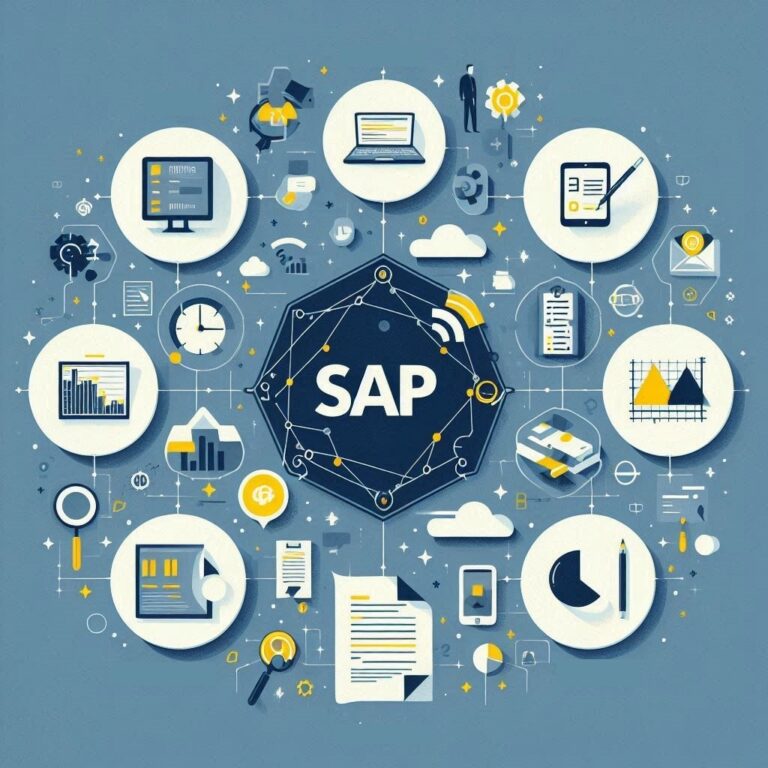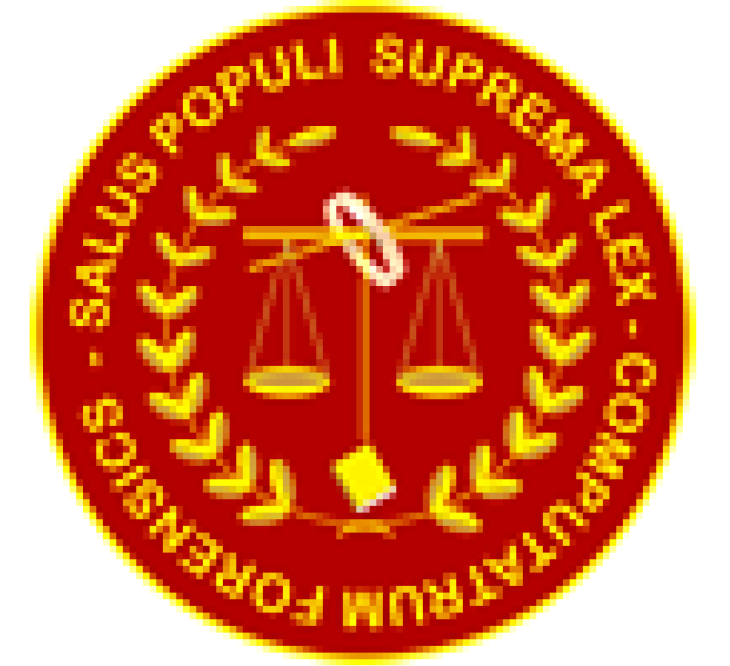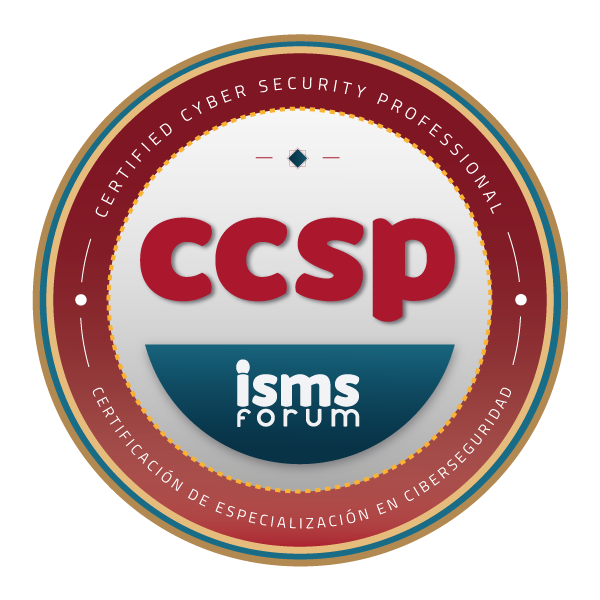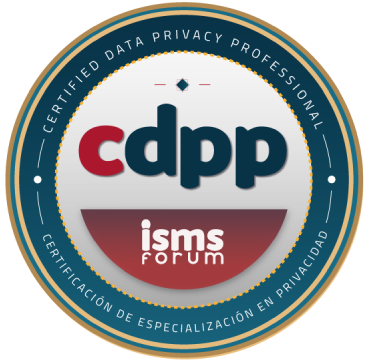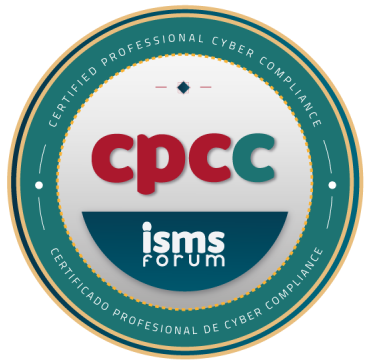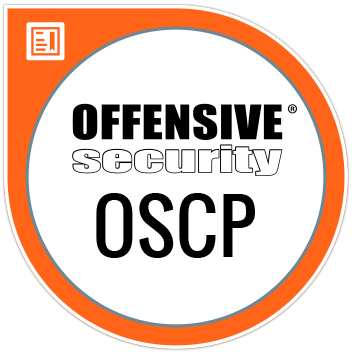SAP is one of the leading enterprise systems tools, but sometimes it can't meet all of an organization's needs. In these cases, development objects can be used. These are programs or components that extend or enhance what SAP offers by default, according to each client's requirements. These objects are divided into six categories, acronyms RICEFW: Reports, Interfaces, Conversions, Enhancements, Forms, and Workflows. In this article, we'll look at each type of object, what tools or technologies are used to create them, and what benefits they provide to the business.

Breakdown of RICEFW
R – Reports
Reports are programs that extract, analyze, or present data from SAP systems. Reports can be used for various purposes, such as controlling, planning, auditing, or decision-making. Reports can be in different formats, such as tables, charts, or PDF documents, and can be viewed on screen, printed, or downloaded. Reports can be created or modified using the ABAP programming language, using tools such as ALV (ABAP List Viewer) or SAP Query. Reports allow users to obtain relevant, accurate, and timely information about business status and performance.
An example of a report in SAP could be a purchasing report showing total sales by supplier. This report could extract data from SAP sales tables and present it in a table or chart.
I – Interfaces
Interfaces are components that enable data exchange between SAP and other systems, whether internal or external. Interfaces can be used for various purposes, such as integration, synchronization, communication, or collaboration. Interfaces can use different protocols, such as files, messages, or web services, and can be executed synchronously or asynchronously. Interfaces can be created or modified using the ABAP programming language, using tools and technologies such as RFC (Remote Function Call), IDOC (Intermediate Document), BAPI (Business Application Programming Interface), and web services. Interfaces allow systems to exchange information efficiently, securely, and consistently.
C – Conversions
Conversions are programs that migrate or transform data from one format or system to another. Conversions can be used for various purposes, such as initial loading, updating, cleansing, or harmonizing data. Conversions can involve different types of data, such as master, transactional, or historical data, and can be executed in bulk or individually. Conversions can be created or modified using the ABAP programming language, using techniques such as batch input, direct input, or LSMW (Legacy System Migration Workbench). Conversions enable systems to have complete, correct, and reliable data.
E – Improvements
Enhancements are modifications that customize standard SAP functionality. Enhancements can be used for various purposes, such as adapting, optimizing, extending, or correcting functionality. Enhancements can affect different levels, such as the user interface, business logic, or the database. Enhancements can be created or modified using the ABAP programming language, utilizing various options, such as user exits, BAdIs (Business Add-Ins), enhancement point extensions, or explicit extensions. Enhancements enable systems to meet specific and evolving customer needs.
F – Forms
Forms are documents that capture and present data in a structured manner. Forms can be used for various purposes, such as documentation, notification, confirmation, or authorization of processes. Forms can have different layouts, such as text, images, or barcodes, and can be displayed on screen, printed, or emailed. Forms can be created or modified using various options, such as SAPScript/SmartForm, Adobe Forms, or WebDynamic Forms. Forms allow users to record and communicate data in a clear, accurate, and professional manner.
W – Workflow
Workflows are processes that automate complex business tasks. Workflows can be used for various purposes, such as coordinating, delegating, supervising, or escalating tasks. Workflows can involve different agents, such as people, systems, or roles, and can be executed sequentially or in parallel. Workflows can be designed, executed, and monitored using a tool called SAP Business Workflow. Workflows allow users to manage and control activities efficiently, flexibly, and transparently.
Conclusion
In this article, I've summarized the basic concepts of development objects in SAP, classified by the acronym RICEFW. These objects are essential for adapting and improving the SAP system to meet each client's requirements. For each type of object, I've explained the tools or technologies used for their development and the benefits they bring to the business. I hope this article has been helpful in helping you better understand the world of development objects in SAP.
See you next time!
Discover our SAP training
Find out everything on our blog and train in SAP with our Master in Financial Management and Functional Consulting SAP S/4HANA Finance, Official Sap S/4Hana Sourcing And Procurement Certificate and Sap S/4Hana Finance Official Certificate.

